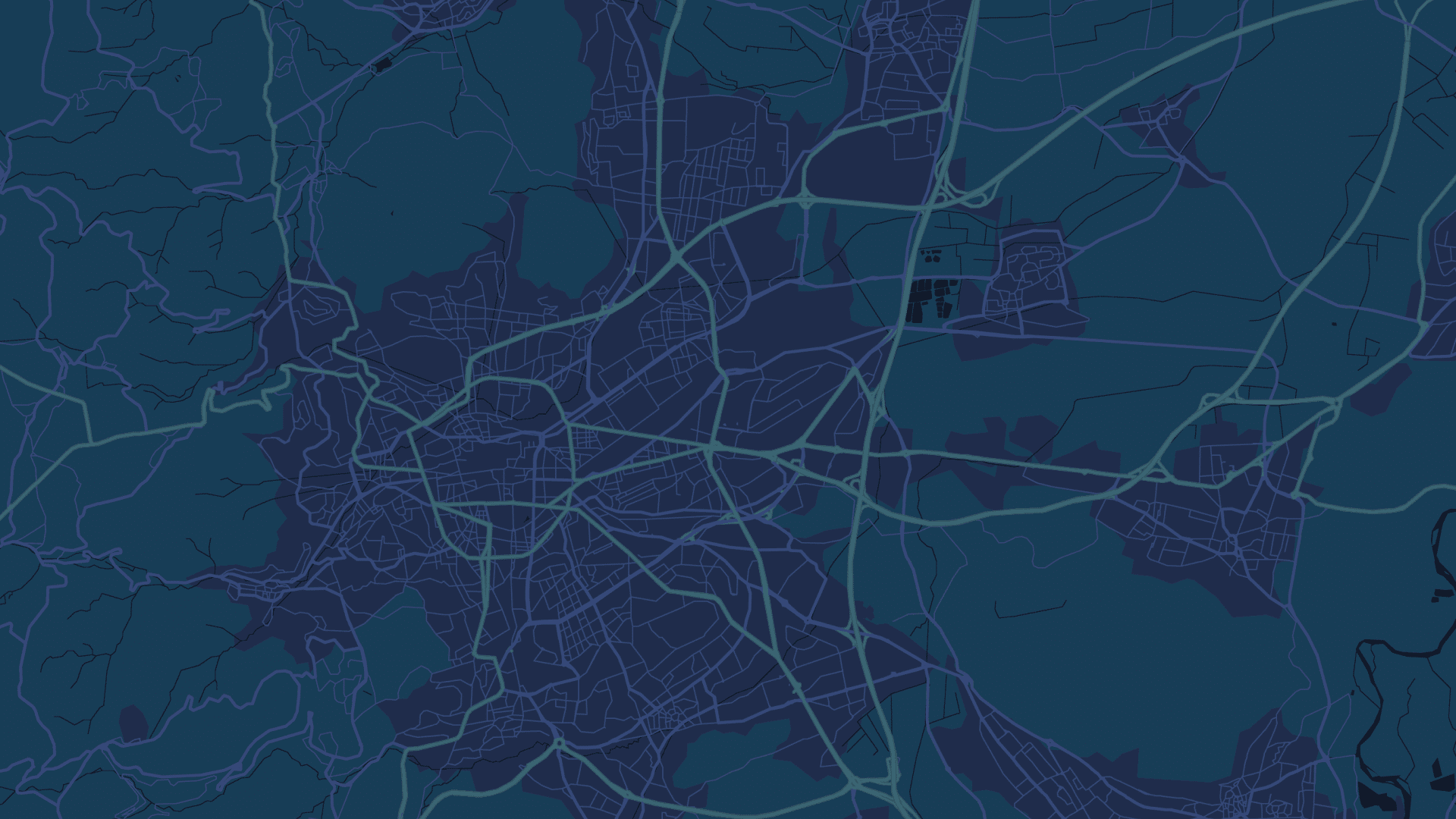What are Runflat tyres?
Read on to learn more with MICHELIN.
How do runflat tyres work?
A run flat tyre is designed with reinforced sidewalls that help support the car's weight and allows it to continue to run after a loss of pressure.
They allow the tyre to maintain sufficient stability for some time meaning that drivers won't get stuck on the roadside waiting for assistance and will be able to reach the nearest garage on their own.
How to recognize runflat tyres?
Motorists should be able to tell whether they have a set of runflat tyres fitted to their car by looking at the coding on the tyres' sidewalls.
Marking of run flat tyres varies according to the manufacturer.
MICHELIN's runflat tyres for sale have a 'ZP' or “EMT” code on them:
- ZP for Zero Pressure
- EMT for Extended Mobility Tyre
Buying puncture-proof tyres gives you more comfort and peace of mind. In practice, you no longer need to change a flat tyre at the roadside. However, it is important to understand that you cannot ignore the puncture and continue to drive for a long time. An imminent visit to a garage or tyre fitting center is imperative.
What to do in case of pressure loss?
Drivers who have runflat tyres fitted can continue travelling along their journey for a maximum distance of up to 80 more Kms. Moreover, motorists can continue to drive at speeds of up to 80 km/h on run flat tyres.
These figures may vary depending on tyre profiles and manufacturers. In concrete terms, your driving range will depend on the load of your vehicle, the outside temperature, and the road.

Are run flat tyres repairable?
Each manufacturer is free to decide whether or not to repair runflat tyres.
Runflat tyres repair service is technically possible, but not in all cases. Get a professional advice!
MICHELIN runflat tyres can be repaired only once by a professional under the same conditions and by following the same inspection and repair procedure as non-ZP tyres. This is with the exception of those whose sidewall explicitly states that they cannot be repaired.
Can runflat tyres be fitted at home?
Runflat tyres can be fitted at home. However, you should really know what you are doing. That's because removing any type of tyre from a rim and fitting a new one properly in place before inflating it is challenging work. Most car owners should try to locate a dealer who can do the job for them instead. Drivers can easily search online for 'run flat tyres near me'.
If your spare tyre is a run flat tyre, it can be replaced in the same way as a regular tyre.
Advantages of Run flat tyres
Safety
- Control of the vehicle with complete peace of mind, even in the event of loss of pressure or a puncture
- Reduced risk of the tyre coming off the rim
- No need to change tyres (spare) which could be dangerous on a busy road
- Ability to continue along the journey without stopping to change the wheel, at moderate speed to a nearby garage
Comfort
- No immediate replacement of the flat tyre on the roadside. 80km driving range (speed limited to 80 km/h)
- Slight space saving in the trunk of the vehicle since the spare tyre is no longer necessary. That reduce weight in the vehicle, too.
Savings
- No need to invest in a spare tyre, nor in the equipment needed to change a wheel.
How do I know if my vehicle can be fitted with runflat tyres?
MICHELIN runflat tyres may only be mounted on rims with double hump and vehicles for which the manufacturer has approved a self-supporting tyre mount.
Michelin recommends not mounting a self-supporting tyre on a vehicle that was not equipped with one in the first place (as an option or in series) because of specific design constraints (weight and rigidity).
The vehicle must be equipped with a pressure monitoring system (TPMS) to warn the motorist in case of pressure drop.
Michelin recommends equipping the vehicle with 4 MICHELIN ZP tyres.
Where can I buy runflat tyres?
Use our dealer locator to find a runflat tyre near you.
What other anti-puncture solutions are available? What are the alternatives?
Whether you want to fit run flat tyres on your vehicle, it is important to know that other options are available.
- Using a car tyre sealant spray: this spray to stop leaks is the easiest solution for dealing with a punctured tyre.
- Replacing your punctured tyre with a spare tyre
- Using tyres with a built-in sealant technology, such as MICHELIN Selfseal
Can I use snow chains with runflat tyres?
When using snow chains, Michelin advises to use chains with automatic tensioners which adapt better to the deflated tyre.

